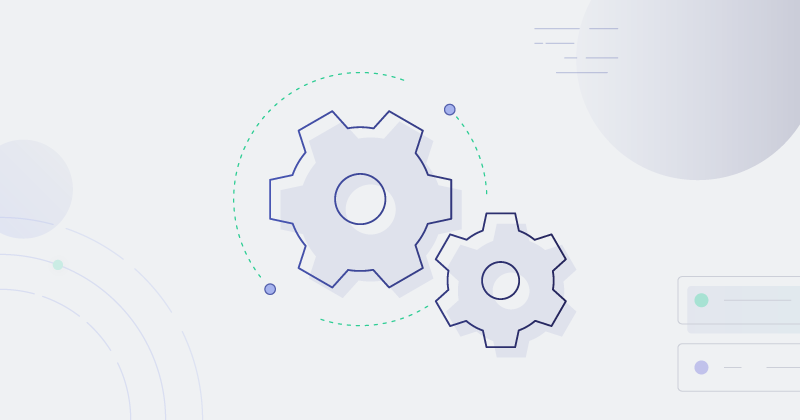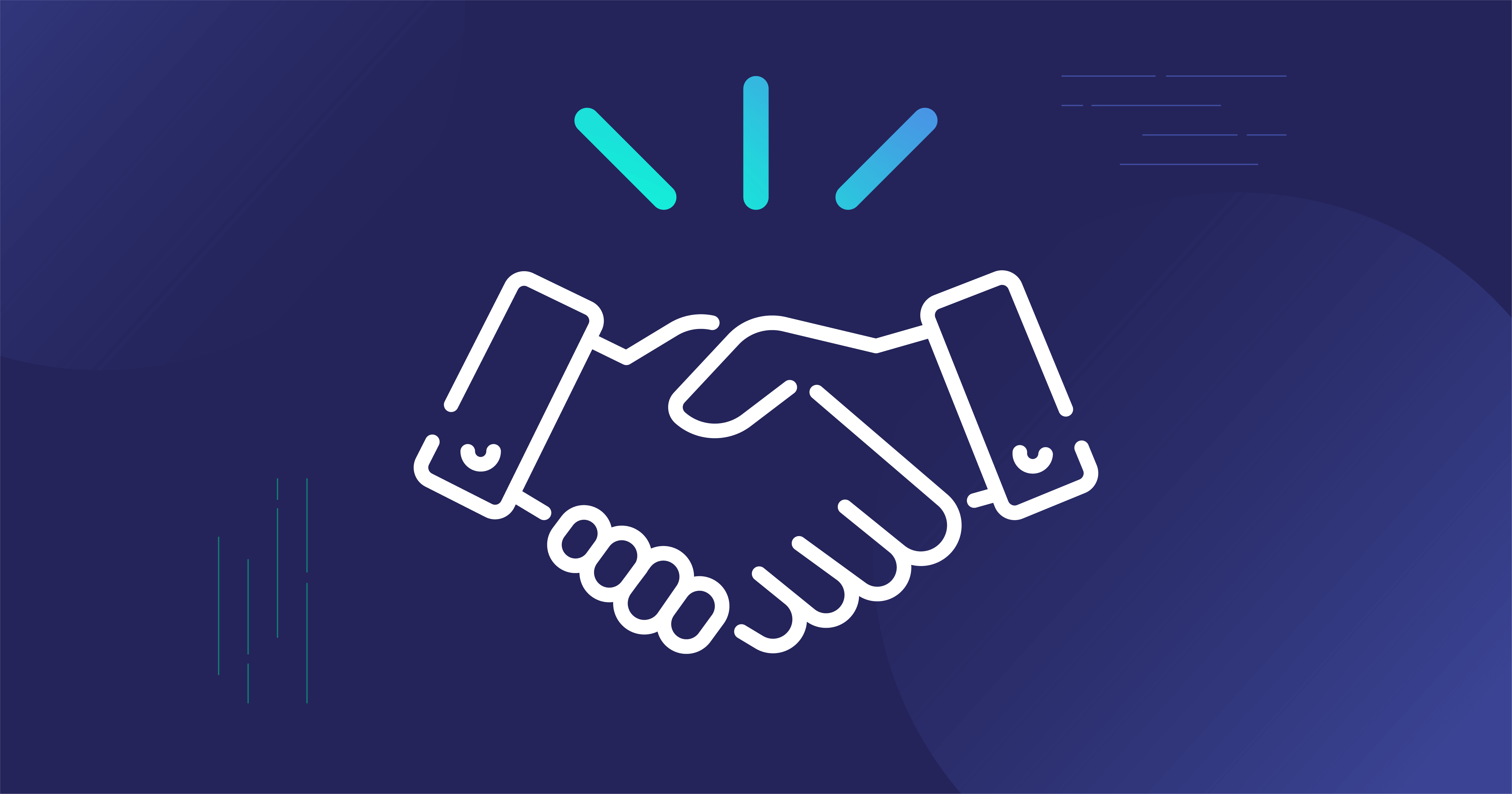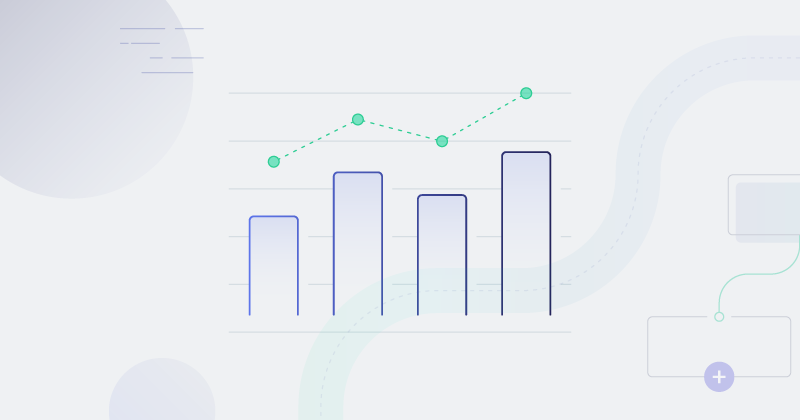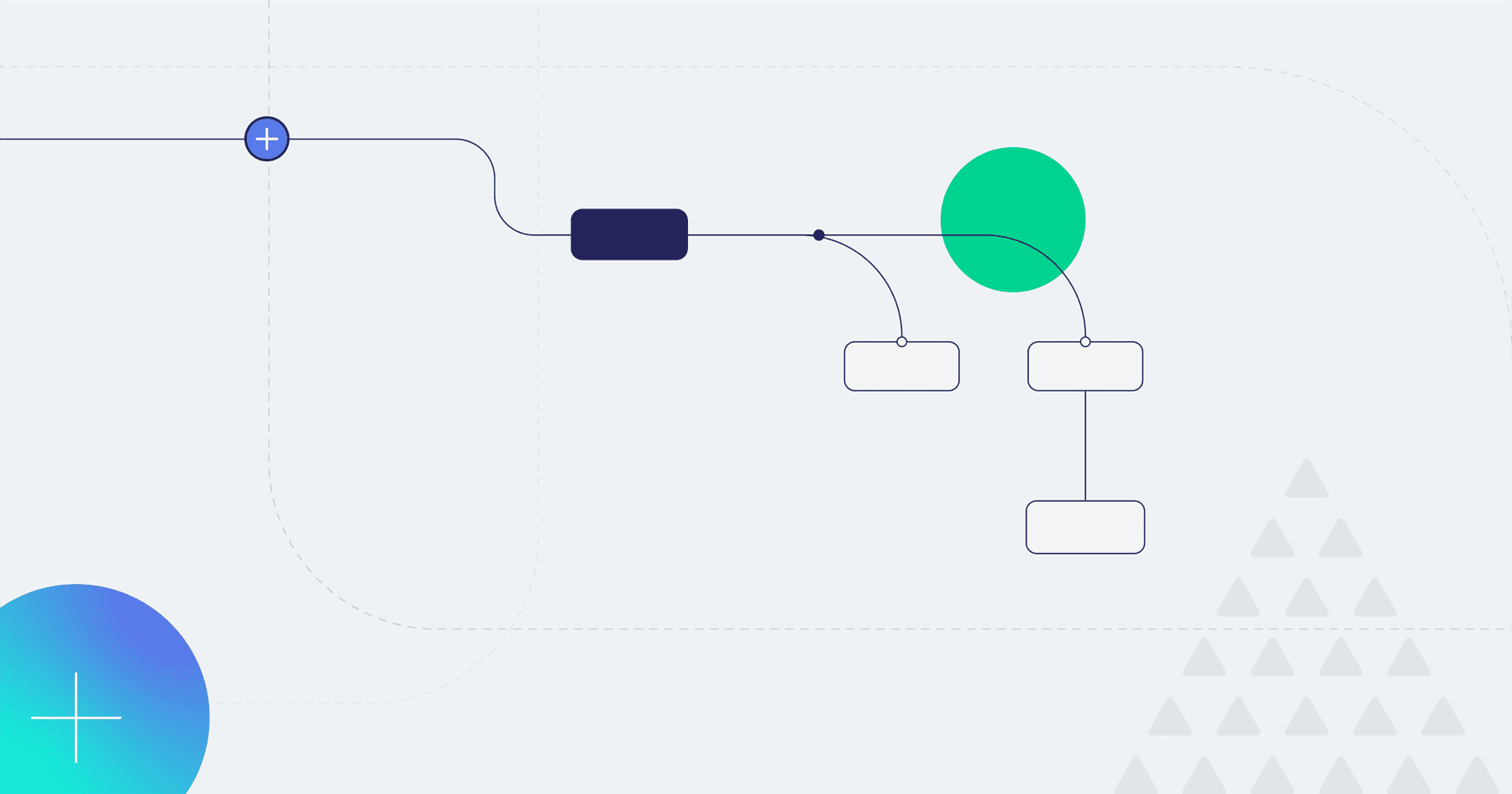We recently touched on technology partnerships in our overview post on SaaS partner programs. These partnerships are focused on enhancing or extending app capabilities. Tech partnerships are also called integration partnerships and focus on automating workflows, improving the user experience, and making apps stickier.
Some technology partnerships may include selling as part of the relationship, but it is usually not the primary goal, as it is with many channel partnerships. Instead, the goal is additional functionality for one or both apps to benefit a shared customer.
Partnerships where one partner builds add-ons, extensions, and plugins for an app owned by the other partner are not the focus of this post. Instead, we will deal with integration-based technology partnerships.
What are SaaS technology partnerships?
Tech partnerships for SaaS, unlike channel partnerships, are roughly equal partnerships. That is, each partner brings similar things into the relationship and expects similar benefits. Within tech partnerships, partners are often referred to as ISVs (independent software vendors).
What each one brings to the relationship is a SaaS app. Each partner then expects data to be transferred between the apps using an integration. For example, HubSpot notifications, tasks, and other commands can be automatically posted to Slack via an integration between these two apps. In return, Slack messages can be turned into tasks or tickets in HubSpot via that same integration. In this example, HubSpot and Slack are tech partners.
How are tech partnerships defined?
Tech partnerships may be very loose, with neither company establishing a formal partnership arrangement. Or the relationship may entail NDAs, partner agreements, and other legal documents. One or both of the partners defines the formality and complexity of the partner relationship, but technology often helps to define that relationship. If both partners use open APIs, the relationship can be very informal. However, if they use public or partner APIs, there tend to be more rules defining the partner relationship.
Benefits and challenges of SaaS technology partnerships
SaaS technology partnerships can have a substantial positive impact on your company and your position in the market. At the same time, entering into a technology partner program can bring its challenges.
Let's start by taking a detailed look at some of the benefits of tech partnerships:
- Direct value for customers. Tech partnerships can provide easily measurable value to your customers. And they often do so in outsized ways. When customers have complicated manual processes, they often grow accustomed to them (and the time and money it takes to maintain them). However, the time savings can be substantial when you partner with other SaaS companies and provide your shared customers with integrations that automate formerly manual processes. Freeing your customers' employees to do more valuable work is a great way to add value to your app.
- Improved product focus. There are some things you shouldn't build. Customers often ask you to add functionality to your app that doesn't fit your vision for your product or that you'll build eventually but isn't a priority now. Tech partnerships allow you to keep your app focused on its core purpose while providing integrations for that additional functionality.
- Increase product stickiness. We've mentioned direct value to the customer, but the customer experience goes farther than that. Your ability to integrate with tech partners can make your product a central piece of your customers' ecosystems. You are not only providing your app but also enabling critical communication with other apps on which they rely. As a result, your app becomes stickier, and customers are less likely to churn.
- Expanded marketing and sales reach. There is value in leveraging tech partners to get your brand into market segments you are not reaching today. More exposure generally leads to more sales.
And now, here's a look at some of the challenges you should expect when you become a technology partner:
- More relationships to manage. When you set up a business partnership, your partner is, by definition, essential to your business. And that means you need to cultivate and manage that relationship. This involves everything from giving partners advance notice of technical changes affecting your integrations to simply talking with them periodically to ensure everything is going well.
- Integration investment. Building integrations can require a substantial investment. It's not uncommon for an integration to take weeks or months to move from initial requirements to production. Working with tech partners can add to that timeline as you work with your tech partner's resources and scheduling constraints.
- Resource allocation. Adding integrations to your app (and doing so with the support of a tech partner) is great for your customers. What's not so great is that integration development can cause your devs to lose their focus on your primary app. Your app needs to come first, but you can't ignore your customers' integration needs. Continuing development on your primary app while also building customer integrations can be tricky.
Example of SaaS technology partner program
We used HubSpot and its integration with Slack as an example of a tech partnership a bit earlier. Now, let's look at HubSpot's technology partner program for integrations in more detail.
All the integrations HubSpot officially recognizes are in its App Marketplace. Currently, the marketplace lists more than 400 integrations with products from Asana to Zoom.
To participate in HubSpot's partner program, applicants complete a partnership form, which includes a detailed legal agreement. According to HubSpot, it currently has more than 1,000 technology partners who are participating in its app partner program.
HubSpot's partner program is an excellent example of a structured partnership program. Because of HubSpot's prominence (serving almost one-third of the marketing automation market), many SaaS companies have shared customers with HubSpot. Tech partner program rules keep things sane for both HubSpot and its technology partners.
Technology partnerships and embedded iPaaS
We've talked so far about tech partnerships, but we've not yet discussed something that can supercharge those partnerships: an embedded iPaaS.
An embedded iPaaS, or embedded integation platform, is a set of tools that enables a SaaS company to quickly build reusable, configurable integrations to any app in any software category and deliver them to its customers as a seamless part of its product.
Tech partnerships for the win
If you have a B2B SaaS app, it probably needs integrations with other apps. Tech partnerships are a great way to ensure that you build integrations (and relationships) with other SaaS companies that benefit you and your customers long-term.
The benefits of tech partnerships are clear, and so are the challenges. But using an embedded iPaaS as part of your tech partner program can magnify partnership benefits and help you mitigate the corresponding challenges.
Schedule a demo and we'll show you how our embedded iPaaS can move your tech partner program to the next level. Or check out our resource on building vs buying native integrations.




